You’re probably used to sorting your garbage into bins: green for paper or blue for plastic and glass. But when it comes to electronics, we’re still used to selling those off or tossing them into the trash heap. Unfortunately, our gadget addiction has real consequences for the planet, making it imperative that we dispose of everything responsibly.
Sure, you can try parting with your stuff for cash, but it’s a pain, and it can be tough, if not impossible, to find someone who wants a busted Xbox or 20-year-old CRT. Few places have curbside pickup — in fact, some localities make it illegal to leave electronics for the garbage collectors — so you’re going to have to find a reputable center to take it. We’ve gathered some of the resources to help you dispense of your broken and unwanted computers, televisions and any other gadget flotsam that’s been taking up space in your closet.
National chains
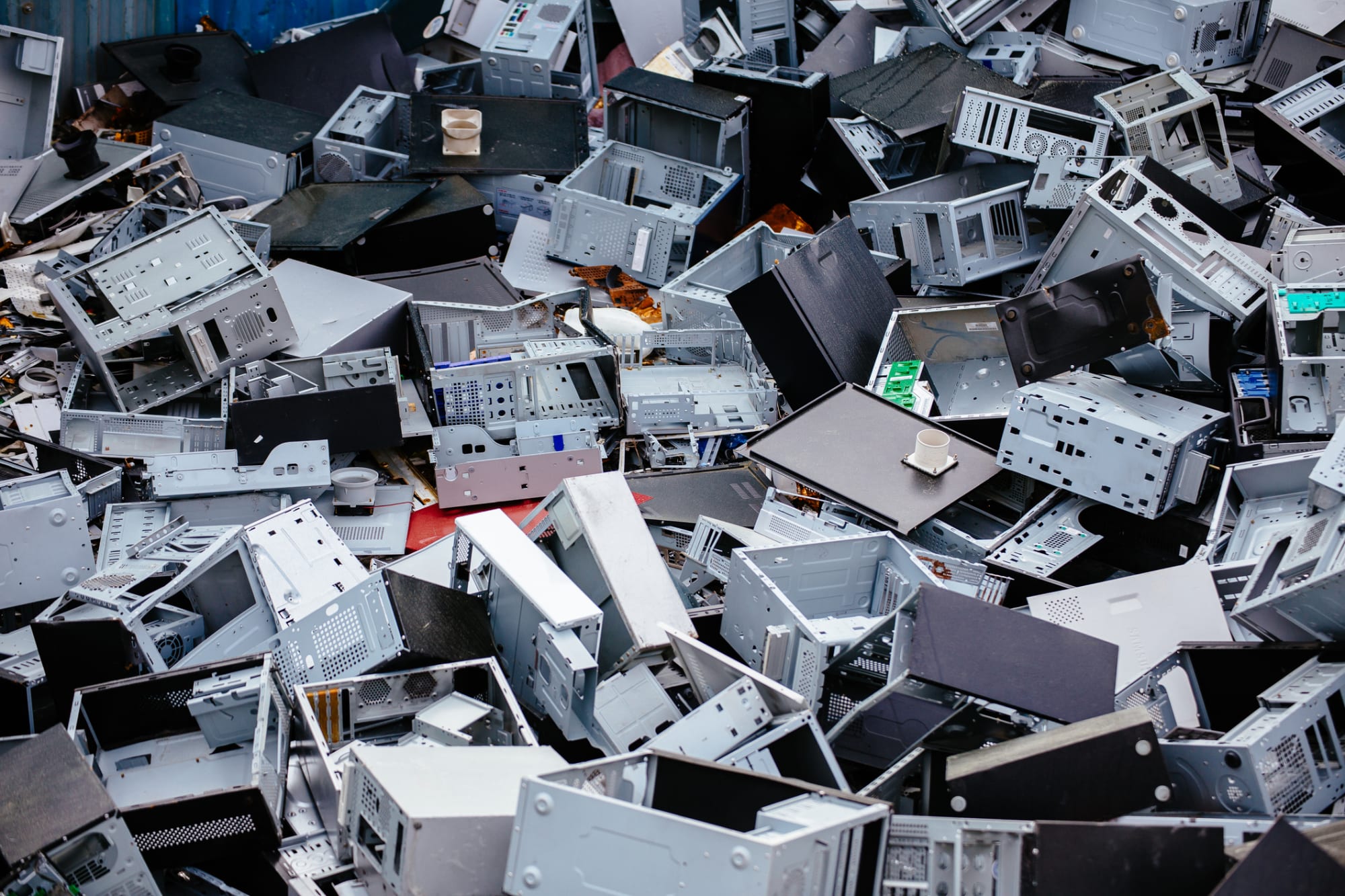
There is no national electronics recycling law at this time, so you won’t find any federal programs to assist you with getting rid of old devices. The USPS does run a program for federal agencies and their employees, but it’s not available to the general public. Instead, the rest of us have to rely on nationwide retailers to toss out our old stuff.
Best Buy
Best Buy has more than 1,000 locations in the United States, so it’s likely you have one nearby where you can drop stuff off. You just need to take it to the customer service counter. They’ll issue you a receipt too, but keep in mind that you can’t claim the drop-off as a deduction on your taxes because Best Buy isn’t a charity.
You can even recycle televisions and monitors, though you’ll be charged a fee of $30 per item to cover the higher costs of transporting and disassembling them. (Consumers in California are not charged the $30 fee, while locations in Connecticut and Pennsylvania will not accept televisions at all.) If you’re turning in a printer, you’ll get up to a $50 voucher toward the purchase of a new Epson EcoTank printer.
Also be aware that Best Buy limits you to three items per household per day, including up to two televisions.
Staples
Recycling your stuff at Staples is similar to Best Buy — just bring your products to the customer-service counter. But it’s more limited in that you can only bring in seven items a day, and the store won’t accept televisions at all. Staples Rewards members also receive a small credit of $2 for every used ink cartridge they turn in, up to 20 a month.
Office Depot
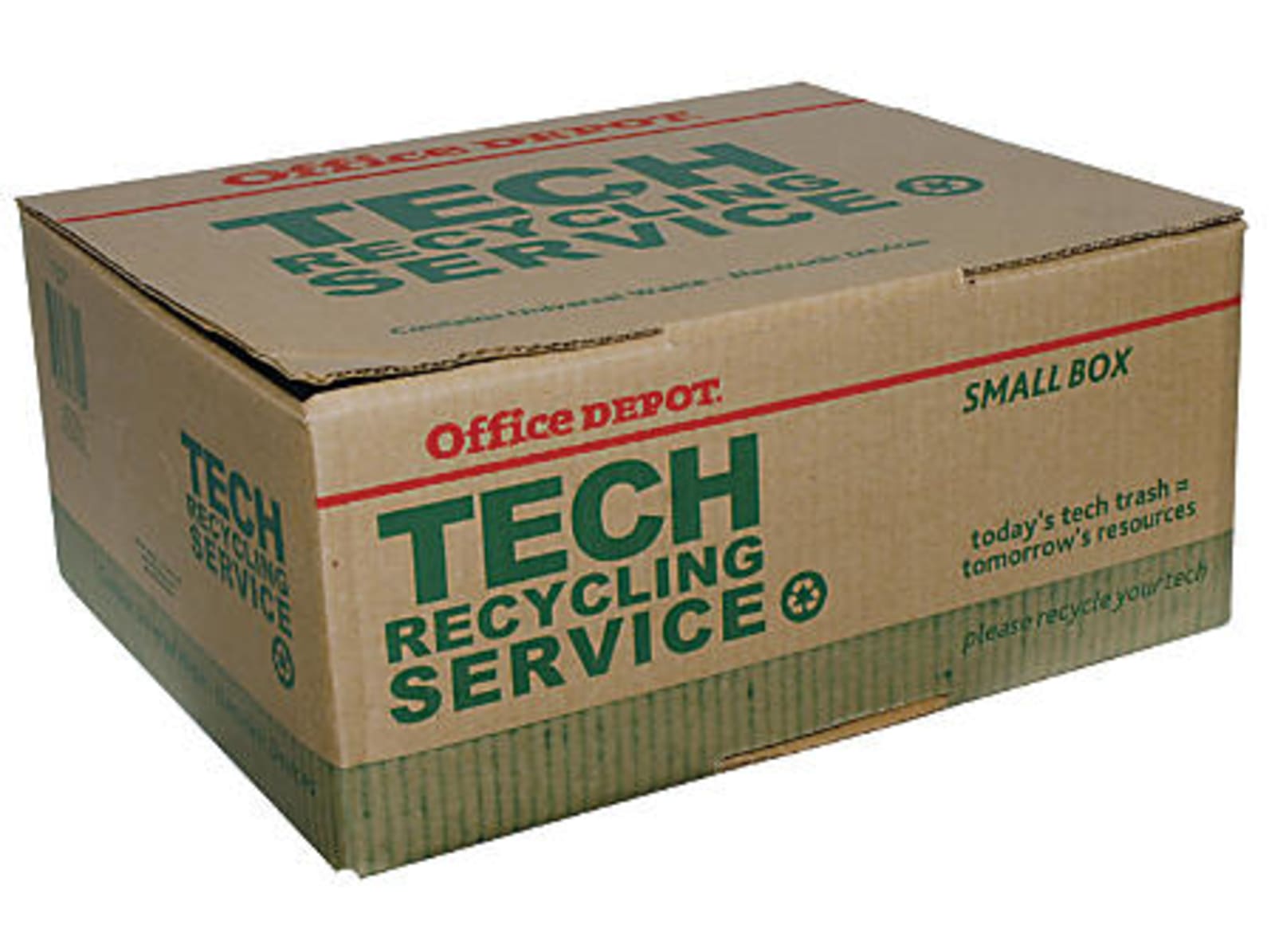
Office Depot has more than 1,300 locations, but unlike Staples and Best Buy, it won’t recycle your old gadgets for free. If you’re only getting rid of a few phones or batteries, those can be turned in at no charge. For everything else, you must purchase a Tech Recycling Box, which costs $5, $10 or $15 depending on the size. Once you have the box, you can fill it with as many items as you want, provided they all fit inside, including smaller televisions. So it’s a great deal if you have a lot of stuff you want to dispose of. These can be turned in either in person or by mail.
Home Depot and Lowes
You can dispose of old rechargeable batteries, old phones and CFL bulbs in the dropoff boxes at any of 2,300 Home Depot or 2,200 Lowe’s locations. The bins are usually located in the front of the store, and Home Depot has an 11-pound limit on individual items.
Manufacturers
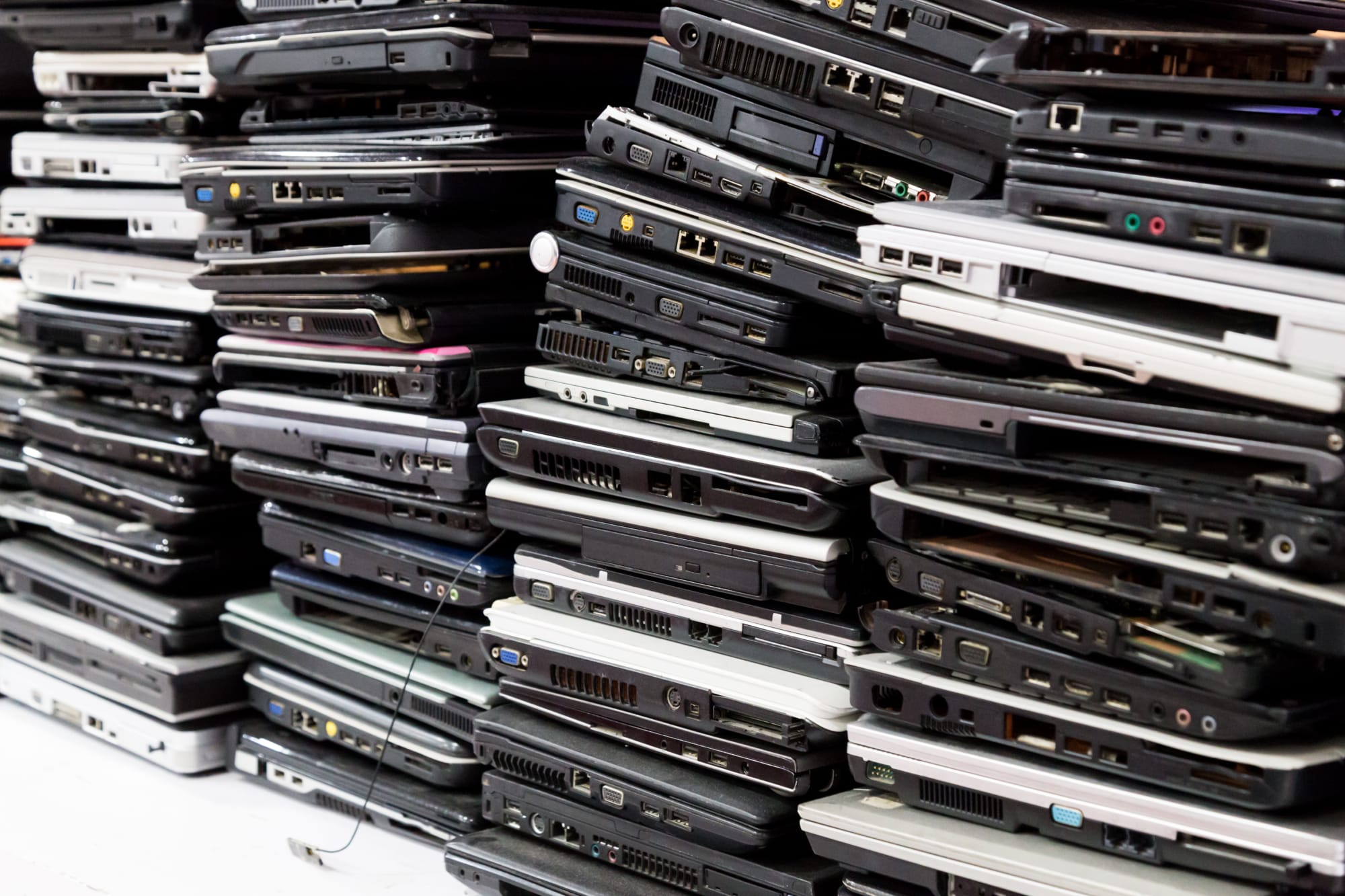
If you can’t make it to a retail location, especially when you need to get rid of only one or two items, many companies offer recycling programs for their own products. They’ll even pay for shipping. Some run their own programs while others use outside organizations. We’ve outlined policies from a handful of manufacturers below.
Amazon
While Amazon would love to direct you to its trade-in program, you’re probably reading this post because there’s stuff you can’t sell, and for those items Amazon offers mail-in recycling. You can send in your busted Kindles, Fire TVs and even Dash Buttons, as well as select peripherals like keyboards and mice. You’ll just need to fill out some forms online and generate a shipping label, which you can slap on any box. Drop it off at a UPS location, and you’re good to go; Amazon will cover all the costs.
Apple
If your iPhone or MacBook is still in good shape, you should consider selling it, but if it’s old or beat up you can still score a gift card by turning it into Apple’s recycling program. For iPhones, iPad and Apple Watches you’ll be asked to fill out a form attesting to the product’s condition and given a trade-in quote, with a working iPhone 5 going for $35 and an iPhone 7 Plus scoring you $315. For Macs, you’ll be asked to provide a serial number as well. Though Apple won’t give you cash for anything it deems old or unacceptable, you can still mail it in or bring it to any Apple Store so it can be responsibly disposed of.
Dell
Dell offers drop-off recycling via a partnership with Goodwill. Not every location participates, but there are more than 2,600 that do. And, because it’s a charity, you may even be able to deduct it as a donation on your taxes. Dell also has a mail-back program on its site where you can generate a shipping label and drop the package off at a FedEx location instead.
Epson
You can ship old products back to Epson by simply creating a shipping label on its site and dropping it off at a FedEx location. Or just drop it off at a Best Buy location for a $30 or $50 voucher toward a new Epson printer.
HP
If you can, HP recommends taking its products to the nearest Best Buy. But if that’s not feasible, the company participates in a program that will even buy back some items. You’ll be asked to fill out a form with the make, model and condition, and the recycler will email you a prepaid shipping label to mail the package within 30 days. If you’re doing a buyback you’ll receive a paper check in the mail. Because this isn’t an in-house program with HP, you can also send in items from other companies — check the drop-down list for firms like Canon and Toshiba as well as more obscure and out-of-business manufacturers.
Other manufacturers
Many other companies use outside recyclers to dispose of their products, and you’ll often see the same names popping up again and again across different manufacturers. This should simplify things in some cases — you should be able to send in products from multiple sources in one package. You just need to fill in the make and model to generate a prepaid shipping label. However, different states have different rules on what you can return, so the drop-downs for selecting your product may vary by area.
Two major recycling companies you’ll notice a lot are RLGA, which covers Acer, Canon, Google, Intel, Lenovo, Microsoft and Motorola, and MRM, which recycles products for Alcatel, BlackBerry, Barnes & Noble (nook), TCL and Toshiba.
Phones
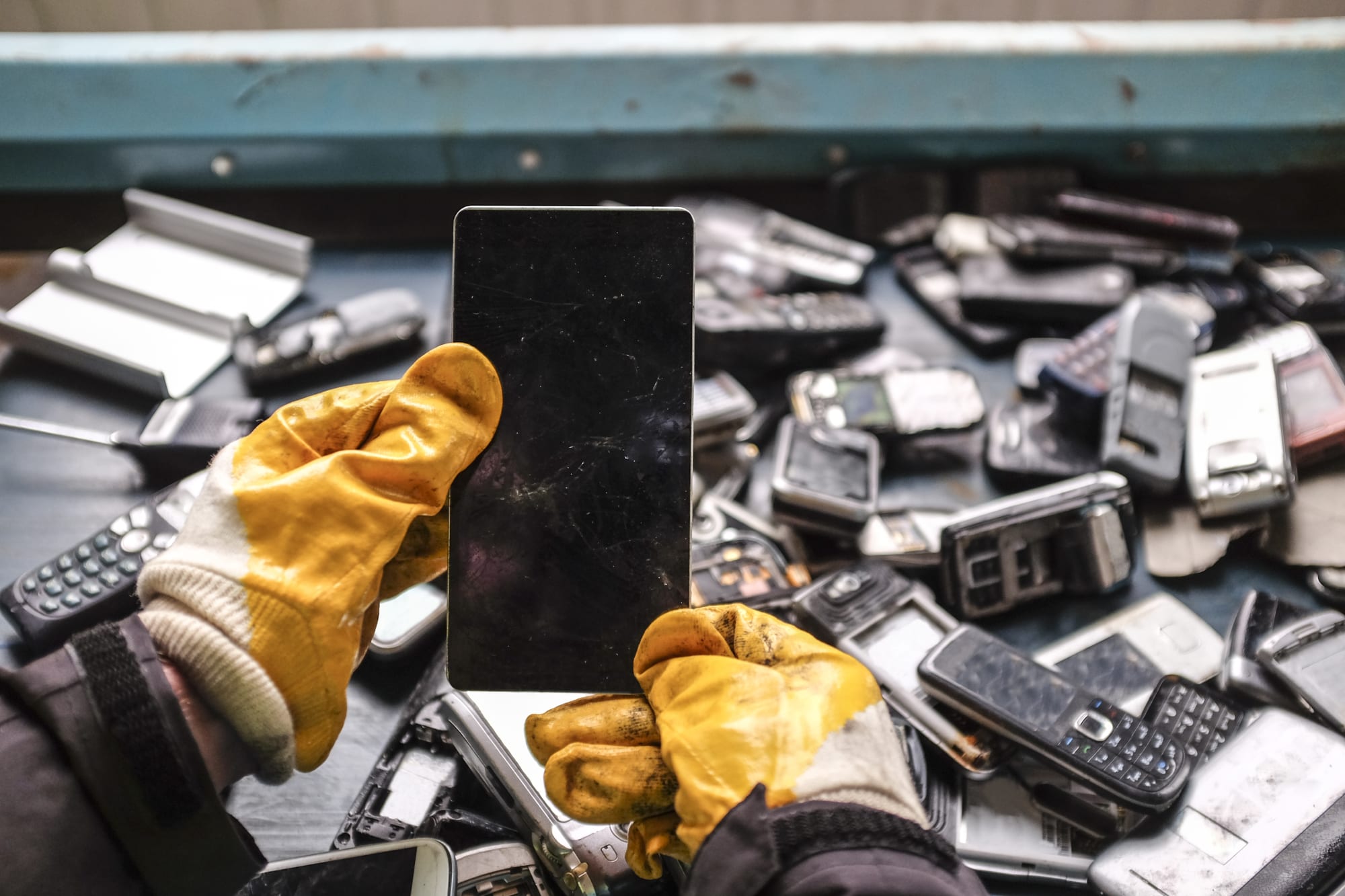
Cell phones are the easiest gadget to recycle — if you haven’t already decided to sell yours off on eBay or via sites like Decluttr and ecoATM. But, if you can’t or won’t make some cash off of it, you can send it to:
Call2Recycle, which has drop-off centers all over the country in many chain stores, including Lowes and Home Depot. It will also accept rechargeable batteries.
Cell Phones for Soldiers accepts phones in any condition and sells them to refurbishers or recyclers. The proceeds go toward purchasing phone cards for troops so they can call their friends and family back home. To be clear, the phones are not given directly to the soldiers.
The four major US carriers — Verizon, AT&T, T-Mobile and Sprint — all offer free recycling. You can trade in your old device in-store or send it in for a credit toward a new phone, or let them straight up recycle it. AT&T also participates in Cell Phones for Soldiers.
If you do decide to try your luck with ecoATM to see if your old phone is still worth a few bucks and it turns out it’s worth nothing, you can at least rest easy knowing that the company will also recycle your phone responsibly.
States
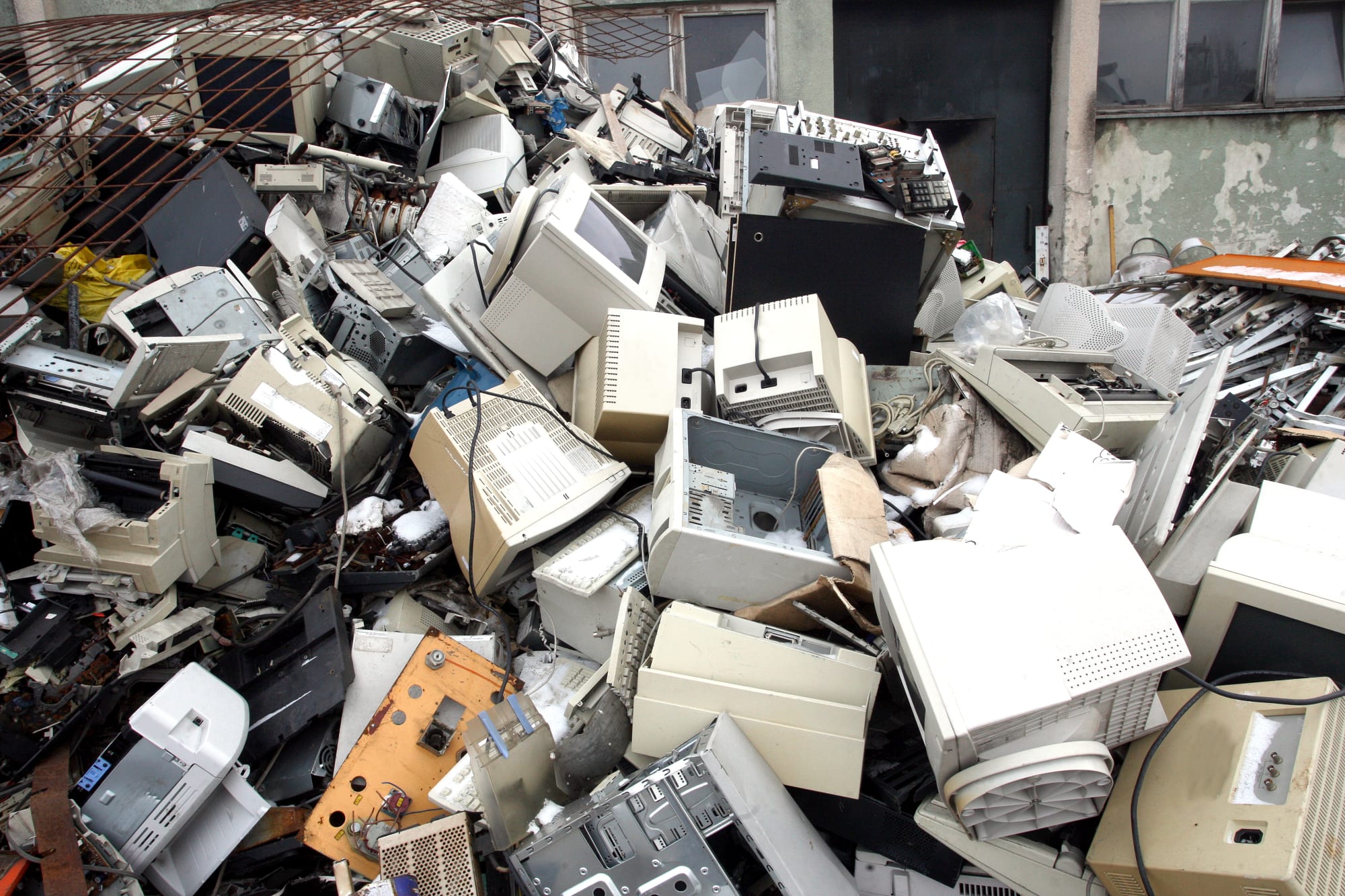
There may not be a national law dictating that you must recycle your electronics, but at least 26 states have passed rules that vary widely on what they demand of manufacturers and consumers. Almost all states that do collect products for recycling provide this service free, with the bill footed by the companies in some way. Most provide some local programs to help you get rid of your stuff, regardless of whether recycling your gadgets is required or optional.
States where you can no longer dispose of electronics in the regular trash and must recycle them include: California, Connecticut, Illinois, Indiana, Maine, Minnesota, New Jersey, New York, North Carolina, Oregon, Pennsylvania, Rhode Island, South Carolina, Vermont, West Virginia, Wisconsin and the District of Columbia.
The following states have laws requiring manufacturers to pay for recycling, but you, the consumer, are not actually required to recycle your electronics: Hawaii, Maryland, Michigan, Missouri, Oklahoma, Texas, Utah, Virginia, and Washington.
The following states have some special circumstances worth noting:
Connecticut: Does not allow recycling centers to charge you a fee for turning in electronics, so many organizations and retailers that would usually charge for recycling televisions and monitors do not accept them. Because you cannot dispose of them curbside, you can take them to a municipal transfer station for free.
New York: If you live in a New York City apartment building with 10 or more units, contact your landlord about getting an ecycleNYC drop-off box installed in your building. It’s super convenient and free.
Pennsylvania: Does not allow retailers to charge you a fee to recycle, so places like Best Buy and Staples will not accept televisions or monitors. Many recycling centers have also closed as a result of underfunding. Some nonprofit recyclers may still accept the items, and you should check to see if your local government is hosting any drop-off events. Lancaster and Dauphin Counties also still run civic recycling programs.
Virginia: This state does not have a dedicated statewide recycling program, but some localities run their own programs including Fairfax, Loudoun and Rockbridge counties, and cities like Arlington. Check each municipality’s site for details.
